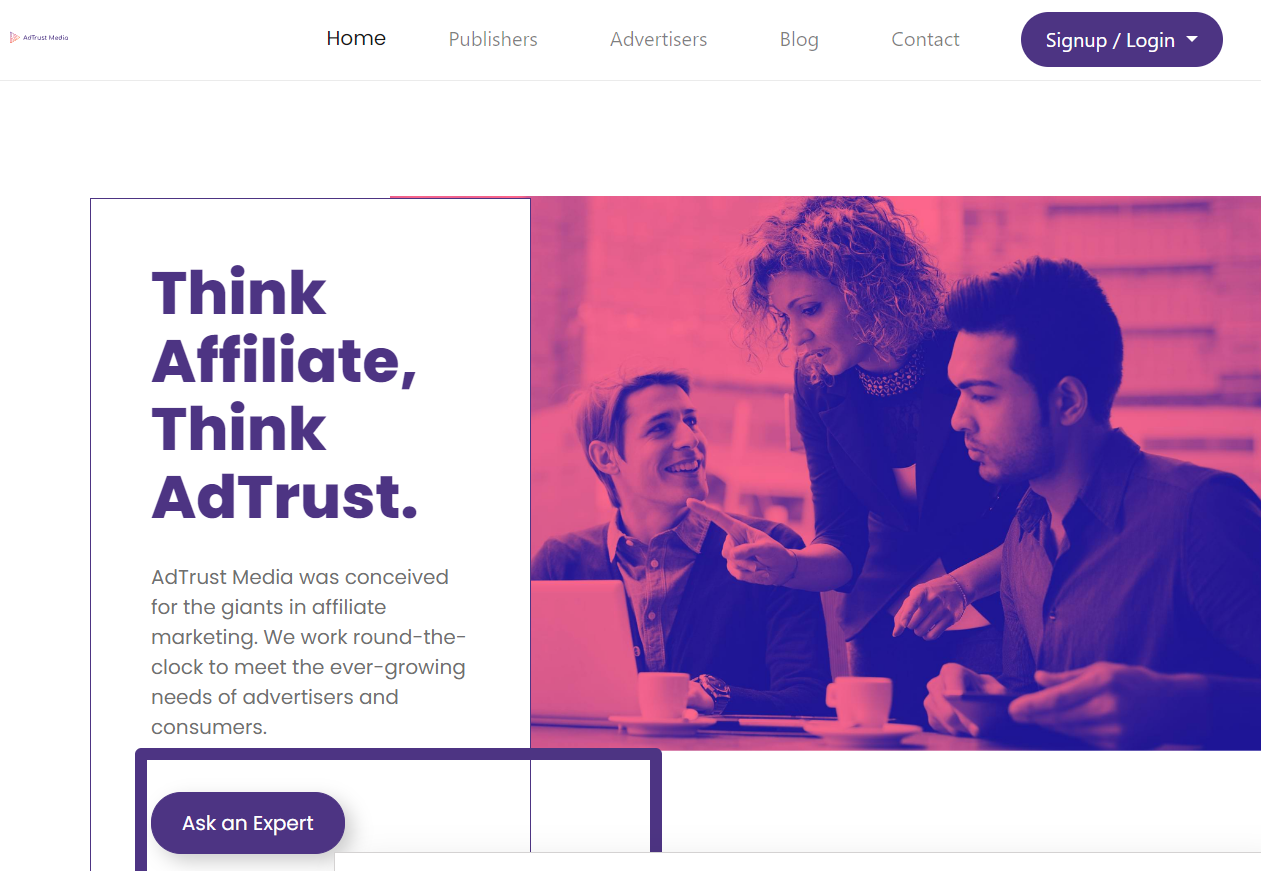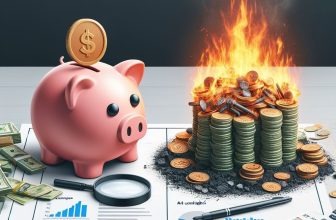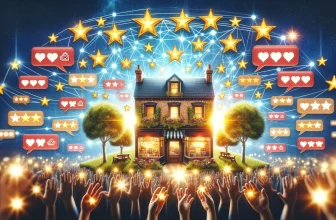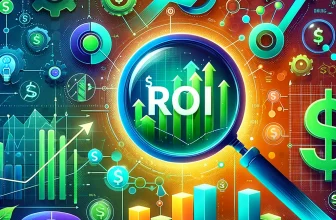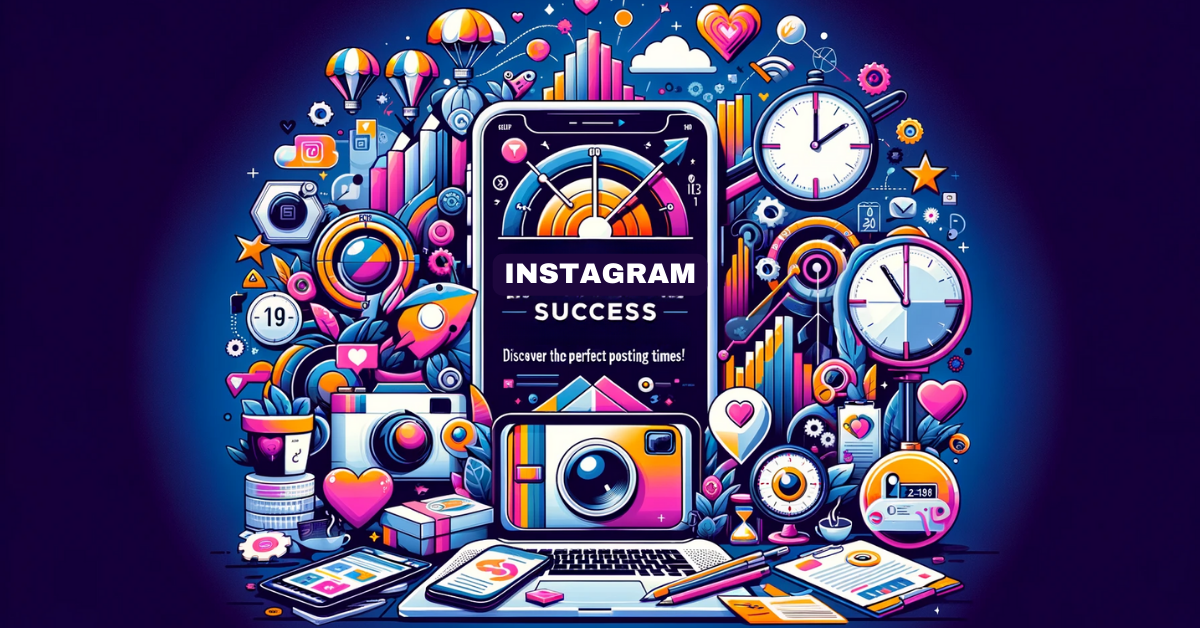
User Review
( votes)Step right up, small business owners, and gather ’round the digital campfire known as Instagram! In this dazzling world of filters and hashtags, your brand isn’t just a participant – it’s a storyteller, a trendsetter, and a community builder. Instagram is like the bustling marketplace of old, where every stall (or profile) offers its unique wares (content).
It’s where connections are made, stories are told, and yes, where wallets are opened. So, tie your laces and get ready to sprint through this Insta-landscape, where your small business isn’t just seen – it’s remembered. Let’s unlock the secrets to making your business the talk of the Insta-town!
But wait, there’s more to this Instagram carnival than just setting up shop! It’s about timing your spectacle perfectly. Think of optimal posting times as your grand entrance, when the crowd is largest and the applause (engagement) is loudest.
It’s not just about showing up; it’s about showing up when the audience is eagerly waiting, eyes wide, and thumbs ready to double-tap. So, grab your digital watch, and let’s synchronize our strategies to the rhythm of your followers’ scrolls.
Ready to find out when your Instagram act can take the main stage for a standing ovation? Let’s dive into the art of perfect timing!

1. Understanding Instagram’s Algorithm
Instagram’s algorithm is like a mysterious genie, granting visibility to posts based on certain criteria. It prioritizes content based on factors such as user engagement (likes, comments, and shares), the recency of the post, and the user’s previous interactions with the account. Essentially, the more a user interacts with your content, the more likely your future posts will appear in their feed.
This means that for small businesses, creating engaging, relevant content is key. Posts that resonate with your audience and encourage interaction can significantly increase your visibility on Instagram, making the algorithm your ally in the social media realm.
Timing is a crucial player in the game of Instagram’s algorithm. It’s all about posting when your audience is most active. Why? Because the fresher your post is when your audience is scrolling, the higher the chances it will be seen and engaged with.
The algorithm favors recent, relevant content. So, knowing when your audience is most likely to be online and interact with your content can significantly increase the visibility of your posts.
2. Analyzing Your Audience
Analyzing your audience’s active hours on Instagram is key to optimizing post timing for better engagement. When you know when your followers are most active, you can schedule posts to coincide with these peak times, increasing the likelihood of higher engagement.
Tools like Instagram Insights provide valuable data on follower activity, including the most active days and hours. Additionally, third-party analytics tools can offer deeper insights into audience behavior.
Monitoring and analyzing this data helps in tailoring your content strategy to align with your audience’s habits, ensuring your posts have the best chance of being seen and interacted with.
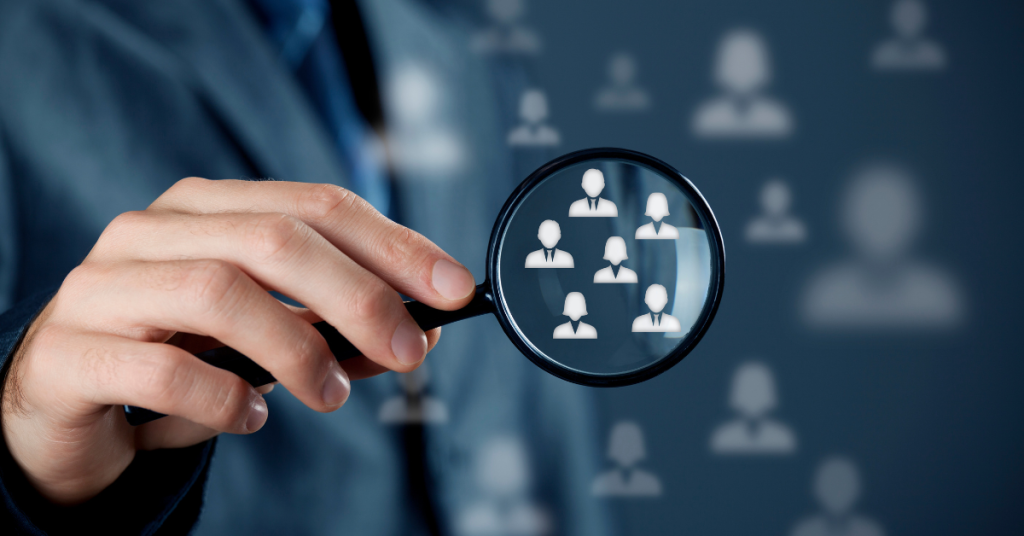
3. The Role of Time Zones
Navigating different time zones is a critical factor in your posting strategy, especially if your audience is global. The time zone differences mean that when it’s morning in one part of the world, it could be night in another. This diversity in time zones can affect when your posts are most likely to be seen and engaged with by different segments of your audience.
For businesses targeting a global audience, here are a few tips:
Identify Your Key Markets: Understand where the majority of your audience is located. Use Instagram Insights or other analytics tools to gather this information.
Segment Posting Times: Consider creating a posting schedule that caters to the active hours of these key markets. You might need to post at different times to reach different segments effectively.
Experiment and Analyze: Test posting at various times and analyze the engagement results. This will help you fine-tune your strategy to better target different time zones.
Automate Scheduling: Utilize scheduling tools to automatically post content at the most optimal times for various regions, making the process efficient and consistent.
4. Weekday vs. Weekend Posting
The engagement patterns on Instagram can vary significantly between weekdays and weekends, necessitating different posting strategies.
Weekdays:
Engagement tends to be consistent, with morning and midday being peak times as people check their phones during breaks or commutes.
Best practices include posting during the morning or lunch hours when users are more likely to engage.
Weekends:
Engagement can be less predictable. Users might be more active in the afternoons or evenings during leisure time.
Experiment with different times on weekends to see what resonates best with your audience.

5. Industry-Specific Best Times
Optimal posting times on Instagram can vary significantly across different industries, as each industry has a unique audience with its own habits and preferences.
For example:
Retail: Might see peak engagement during lunch hours and weekends when consumers are more likely to shop online.
Fitness & Health: Early mornings or evenings can be optimal, aligning with workout schedules.
Food & Beverage: Meal times, especially lunch and dinner, might be peak times for engagement.
Entertainment: Evenings and weekends are likely to have higher engagement as people look for leisure activities.
6. Experimentation and Adaptation
Experimentation and adaptation are crucial in determining the best times to post on Instagram. This involves testing different posting times and analyzing the engagement each post receives.
To track and analyze the success of your posts, you can use Instagram’s built-in analytics tool, Instagram Insights, which provides data on engagement, reach, and the best performing posts.
Regularly reviewing this data helps you understand which times yield the highest engagement, allowing you to adapt your posting schedule accordingly. It’s a process of trial and error to find the sweet spot that resonates with your audience
7. Leveraging Instagram Insights
To use Instagram’s built-in analytics tool, Instagram Insights, you need a business or creator account. Once you have access, you can view insights by tapping the hamburger icon in the top right corner of your profile and selecting ‘Insights.’ This tool provides valuable data including:
Activity Insights: Track interactions like profile visits and website clicks.
Content Insights: See how individual posts, stories, and reels are performing.
Audience Insights: Understand your followers, including their demographics and when they’re most active.
Interpreting data from Instagram Insights for better posting strategies involves analyzing various metrics to understand what content resonates with your audience.
Key metrics include engagement rates, reach, and the times when your audience is most active. By examining which posts receive the most likes, comments, and shares, you can identify patterns in content preferences.

8. Consistency in Posting
Regular posting on Instagram is important because it helps maintain a consistent presence, keeping your brand visible and top-of-mind with your audience. Consistent posting can lead to more engagement, as followers expect and look forward to your content.
It also signals to Instagram’s algorithm that your account is active and engaging, potentially increasing the reach of your posts. Regular posting helps build a loyal following, as audiences appreciate and respond to consistent, quality content.
Regular posting keeps your content fresh in your audience’s feed, increasing the likelihood of interaction.
When followers see your brand consistently, they’re more likely to remember and engage with it. This consistent presence also helps build a stronger relationship with your audience, as they come to expect and look forward to your content.
9. Utilizing Scheduling Tools
Scheduling tools for Instagram posts are essential for maintaining consistency in posting. These tools allow you to plan and schedule your content in advance, ensuring that your posts go live at the most optimal times, even if you’re not available to post manually. This not only saves time but also helps in implementing a more strategic and thoughtful approach to your Instagram marketing.
Popular tools include Hootsuite, Buffer, and Later, each offering various features like calendar views, analytics, and multi-platform scheduling options.
Scheduling tools for Instagram posts are incredibly beneficial in maintaining consistent engagement with your audience. By allowing you to plan and schedule your content in advance, they ensure that your posts are published at the most effective times, even when you’re not actively online.
These tools also often come with analytics features, enabling you to track and analyze the performance of your posts, further fine-tuning your content strategy for optimal engagement. In essence, they streamline the content management process, making it more efficient and effective at engaging your audience.
Conclusion
To find the best posting times on Instagram, consider these key strategies:
- Understand Instagram’s algorithm and its preference for fresh, engaging content.
- Analyze your audience to determine their active hours using tools like Instagram Insights.
- Consider time zone differences if targeting a global audience.
- Recognize that engagement patterns can vary between weekdays and weekends.
- Experiment with different posting times and use the data from Instagram Insights to adapt your strategy.
For small businesses looking to make the most of Instagram, it’s essential to continuously adapt and refine your strategies. Stay updated with changes in the platform’s algorithm and audience behavior. Regularly analyze your engagement data to understand what works best for your audience. Be open to experimenting with different content types and posting times.
Remember, the digital landscape is ever-evolving, and staying flexible and responsive to these changes can significantly enhance your Instagram presence and engagement.

